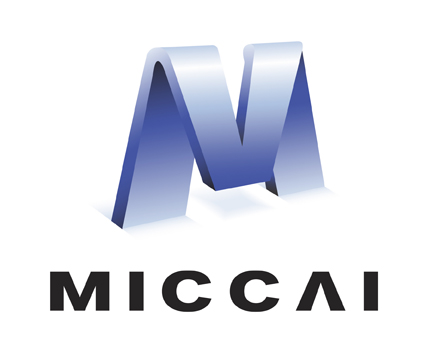Abstract
Detection of osteoporotic vertebral fractures in CT scans is a particularly challenging task that was never sufficiently addressed. This is due to the large variation among healthy vertebrae and the different shapes a fracture could present itself in. In this paper, we combine a reconstructing conditioned-variational auto-encoder architecture and a discriminating multi-layer-perceptron (MLP) to capture these different shapes. We also introduce a vertebrae-specific loss-weighing regime that maximizes the classification yield. Furthermore, we ‘look into’ the learnt network by investigating the saliency maps, traversing the latent space and demonstrating its smoothness. Finally, we report our results on two datasets, including the publicly available xVertSeg dataset achieving an F1 score of 84%.
Access this chapter
Tax calculation will be finalised at checkout
Purchases are for personal use only
Similar content being viewed by others
References
Williams, A.L., Al-Busaidi, A., Sparrow, P.J., Adams, J.E., Whitehouse, R.W.: Under-reporting of osteoporotic vertebral fractures on computed tomography. Eur. J. Radiol. 69(1), 179–183 (2009)
Genant, H.K., Wu, C.Y., van Kuijk, C., Nevitt, M.C.: Vertebral fracture assessment using a semiquantitative technique. J. Bone Miner. Res. 8(9), 1137–1148 (1993)
Cooper, C., O’neill, T., Silman, A.: European vertebral osteoporosis study group: the epidemiology of vertebral fractures. Bone 14, 89–97 (1993)
Carberry, G.A., Pooler, B.D., Binkley, N., Lauder, T.B., Bruce, R.J., Pickhardt, P.J.: Unreported vertebral body compression fractures at abdominal multidetector CT. Radiology 268(1), 120–126 (2013)
Schreiber, J.J., Anderson, P.A., Rosas, H.G., Buchholz, A.L., Au, A.G.: Hounsfield units for assessing bone mineral density and strength: a tool for osteoporosis management. JBJS 93(11), 1057–1063 (2011)
Tomita, N., Cheung, Y.Y., Hassanpour, S.: Deep neural networks for automatic detection of osteoporotic vertebral fractures on CT scans. Comput. Biol. Med. 98, 8–15 (2018)
Biffi, C., et al.: Learning interpretable anatomical features through deep generative models: application to cardiac remodeling. In: Frangi, A.F., Schnabel, J.A., Davatzikos, C., Alberola-López, C., Fichtinger, G. (eds.) MICCAI 2018. LNCS, vol. 11071, pp. 464–471. Springer, Cham (2018). https://doi.org/10.1007/978-3-030-00934-2_52
Higgins, I., et al.: beta-VAE: learning basic visual concepts with a constrained variational framework. In: International Conference on Learning Representations (2017)
Roy, A.G., Conjeti, S., Sheet, D., Katouzian, A., Navab, N., Wachinger, C.: Error corrective boosting for learning fully convolutional networks with limited data. In: Descoteaux, M., Maier-Hein, L., Franz, A., Jannin, P., Collins, D.L., Duchesne, S. (eds.) MICCAI 2017. LNCS, vol. 10435, pp. 231–239. Springer, Cham (2017). https://doi.org/10.1007/978-3-319-66179-7_27
Author information
Authors and Affiliations
Corresponding author
Editor information
Editors and Affiliations
Rights and permissions
Copyright information
© 2020 Springer Nature Switzerland AG
About this paper
Cite this paper
Husseini, M., Sekuboyina, A., Bayat, A., Menze, B.H., Loeffler, M., Kirschke, J.S. (2020). Conditioned Variational Auto-encoder for Detecting Osteoporotic Vertebral Fractures. In: Cai, Y., Wang, L., Audette, M., Zheng, G., Li, S. (eds) Computational Methods and Clinical Applications for Spine Imaging. CSI 2019. Lecture Notes in Computer Science(), vol 11963. Springer, Cham. https://doi.org/10.1007/978-3-030-39752-4_3
Download citation
DOI: https://doi.org/10.1007/978-3-030-39752-4_3
Published:
Publisher Name: Springer, Cham
Print ISBN: 978-3-030-39751-7
Online ISBN: 978-3-030-39752-4
eBook Packages: Computer ScienceComputer Science (R0)


